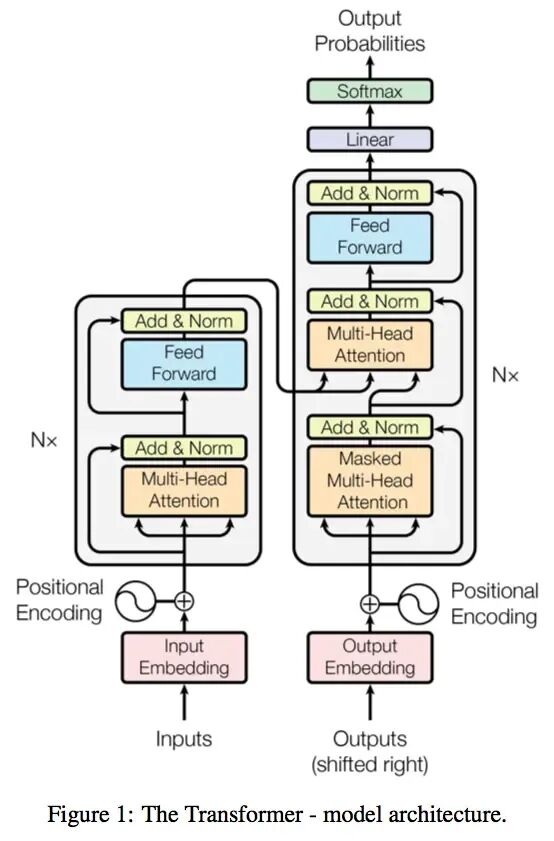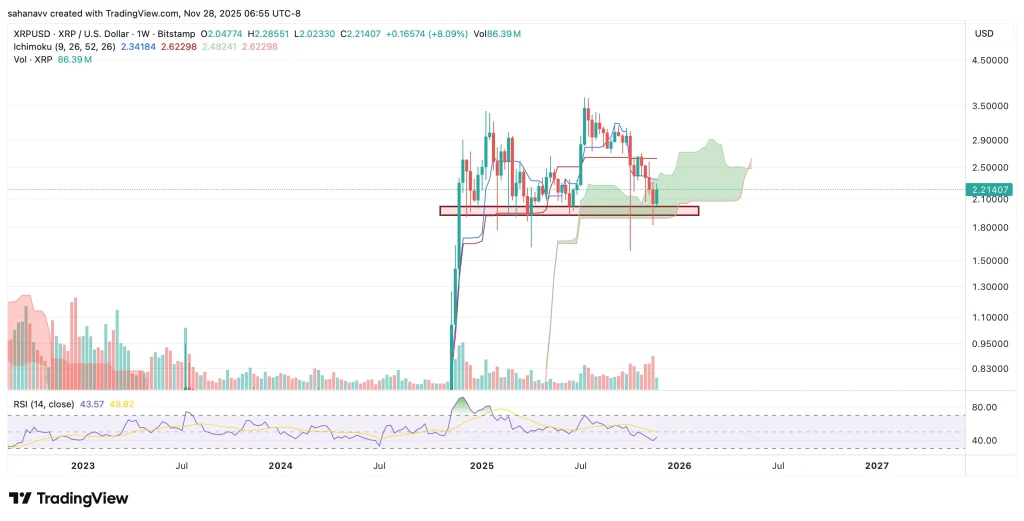From Corporate Treasuries to Regulatory Outlook, the Underlying Logic Behind Bitcoin's New All-Time High
This rally is not driven by short-term capital, but rather the confluence of multiple structural forces resonating together.
After Bitcoin began a steady rise near $98,000 on June 22, BTC broke through $112,000 today, reaching a high of $112,052.24, surpassing the previous high of $111,999 set on May 22, and rising over 14% from the June low.

Image Source: TradingView
This rally is driven by a combination of various macroeconomic and industry-specific factors, far beyond what a single event can explain. From corporate buying spree, policy dynamics, tech stock correlation, to changes in investor structure and market sentiment evolution, this Bitcoin price surge is not just a leap in price but also a reflection of a reassessment of the status of crypto assets.
Institutional FOMO, Bitcoin Price Momentum Unstoppable
The continued accumulation by institutions has been one of the core drivers of this price surge. According to ARK Invest's June "Bitcoin Monthly" report, the proportion of Bitcoin held by long-term holders has risen to 74% of the total supply, reaching the highest level in 15 years. This indicator indicates that despite a decline in short-term buyer activity, "diamond hands" are still holding strong and accumulating more during low volatility periods.
On July 9, Glassnode posted on social media that the Bitcoin RHODL ratio has started to rise and reached the highest level of this cycle. This signal suggests a shift in market structure, with more wealth controlled by hodlers across cycles, while short-term activity ranging from 1 day to 3 months remains subdued. Historical data indicates that such a turning point often signals a shift in market cycles and a cooling of speculative fervor.
The RHODL ratio is a Bitcoin on-chain metric used to measure the difference in Bitcoin holdings between short-term and long-term holders, analyzing market cycles and investor behavior.

Image Source: Glassnode
Meanwhile, BlackRock's iShares Bitcoin Trust (IBIT) has accumulated over 700,000 BTC, accounting for approximately 3.33%. Bloomberg data shows that the ETF's annualized management fee income has surpassed BlackRock's flagship product - the S&P 500 ETF (IVV), becoming a profitable example of traditional financial institutions entering the Bitcoin market.
Since July, a wave of "Bitcoinization" led by US-listed companies is rapidly spreading, especially spearheaded by transformers from traditional industries such as hotels, real estate, and food. Mexican hotel and real estate operator Murano (NASDAQ: MRNO) announced the initiation of a Bitcoin reserve strategy, signing a standby equity purchase agreement (SEPA) of up to $500 million and has acquired 21 BTC. They plan to enhance asset liquidity and convert it into long-term crypto reserves through real estate sales, introducing Bitcoin payments, and other methods. On the other hand, Japanese hotel chain operator Metaplanet increased its Bitcoin holdings twice in late June and early July, surpassing a total of 2,200 BTC, explicitly transforming into a treasury-type company with BTC as its core reserve.
In addition to the hotel industry, more heterogeneous companies are restructuring their balance sheets with Bitcoin. Food and cultural group DDC (NYSE: DDC), headquartered in the Cayman Islands and operating across China, Hong Kong, and the US, announced another purchase of 230 Bitcoins, incorporating them into long-term strategic asset allocation. Similarly, US medical technology company Semler Scientific, Swedish quant trading firm Hilbert Group, and others completed Bitcoin acquisitions or secured financing during the same period. Chip and Web3 infrastructure manufacturer Nano Labs, traditional manufacturer Addentax Group in Shenzhen, travel tech company Webus, and established crypto custodian platform Bakkt also successively announced or advanced reserve strategies centered around Bitcoin, BNB, XRP, and other digital assets, ranging from millions to tens of billions of US dollars.
These companies, with diverse backgrounds and a wide span of industries, have come together under the trend of Bitcoin assetization—viewing digital assets as a key lever for liquidity management, inflation hedging, and capital appreciation. This validates the trend of Bitcoin as an "enterprise-grade reserve asset," accelerating its spread from the fintech sector to a broader real-world economic domain.
The logic behind this trend is not difficult to understand. Against the backdrop of easing global inflation expectations and the approaching end of the Fed's interest rate hike cycle, some corporate and institutional investors are reevaluating their asset allocation models, once again emphasizing the value of Bitcoin. Especially at a time when traditional safe-haven tools—such as gold and long-term US bonds—no longer offer attractive yields, Bitcoin, with its high liquidity and global pricing mechanism, is endowed with more imaginative space beyond its digital gold function.
The current rise in Bitcoin is closely related to the simultaneous strong performance of the US tech stock sector. AI and semiconductor companies led by NVIDIA are propelling the NASDAQ index to new highs, indirectly strengthening market risk appetite. Yesterday, NVIDIA briefly surpassed a $4 trillion market cap, bringing a strong spillover effect to the stock market. In this context, Bitcoin and tech stocks are showing a highly positive correlation, further solidifying their role as risk assets.

Image Source: Caijing Data
This kind of correlation is not accidental but the result of changes in investor structure. In recent years, traditional stock investors have been migrating to the crypto market, projecting their risk appetite and growth expectations onto Bitcoin using ETFs, futures, and compliant exchanges as vehicles. Stocks closely related to Bitcoin, such as Coinbase and MicroStrategy (MSTR), have also seen significant price increases recently, indicating that investors are placing Bitcoin on par with the tech sector as a "future-driven asset."
It is worth noting that policy expectations have also played a key role in managing market expectations. Although the likelihood of the U.S. government establishing a "Strategic Bitcoin Reserve" has significantly decreased in the prediction market, the ongoing fermentation of related topics in the public opinion sphere continues to provide a psychological hint to investors. With the 2025 "Crypto Week" set to take place in Washington, there is a widespread expectation in the market that crypto assets will receive more positive guidance within the regulatory framework, especially on issues such as Bitcoin being included in corporate financial statements and state government purchase plans, gradually clarifying the policy's gray areas.
Furthermore, from on-chain data observations, the Bitcoin market's fund structure is showing a more institutionalized characteristic. According to Coinglass data, around $340 million in short positions were liquidated in just four hours before Bitcoin hit a new all-time high. This phenomenon occurred multiple times during the 2021 bull market, indicating that a large number of high-leverage speculative positions were quickly liquidated in a strong uptrend, leading to a technical short squeeze. While the price drive caused by such leverage liquidation exhibits short-term characteristics, the market signal it releases is very clear: weakening short-selling power and establishing an upward trend.
At the same time, although overall liquidity has not fully returned to the peak levels of 2021, on-chain indicators such as MVRV (Market Value to Realized Value ratio) show that the current market is still in a structural uptrend channel. According to ARK's report, despite a slight cooling of capital inflows compared to the early second quarter, long-term capital is still entering the market at a steady pace.
Policy Support as Crypto Week Approaches
Not only has the capital market aided the price of Bitcoin, but U.S. policy is also gearing up for Crypto Week. On July 4th, David Sacks, the White House Crypto and AI Czar, also known as the "Crypto Tsar," tweeted that the week of July 14th is Cryptocurrency Week in the House: the "GENIUS Act" is set to be delivered to the president. Additionally, the "CLARITY Act" (U.S. Cryptocurrency Market Clarity Act) is also set to be delivered to the Senate.
From a macro perspective, the strengthening of the US dollar should have suppressed crypto assets, but Bitcoin has shown significant countercyclical resilience. The Federal Reserve's "Nominal Broad Trade-Weighted Dollar Index" continues to rise, challenging the mainstream logic of "dollar depreciation driving Bitcoin's rise." However, Bitcoin has still seen upward movement during this period, indicating that its trend has gradually moved away from reliance on a single macro factor, displaying a characteristic of being multi-factor-driven. This trend may suggest that Bitcoin is transitioning from a "narrative asset" to a "fundamental asset."
It is worth noting that despite the gradual decline in inflation levels and the weakening of investors' traditional impression of Bitcoin as "inflation-resistant," the increasing risk appetite due to expectations of a federal funds rate cut has become a real driver for the new round of growth. In the traditional market, tech stocks, growth assets, and startup equity have all performed strongly, naturally benefiting Bitcoin.
The softness of the real estate market has indirectly driven a preference for liquid assets. ARK pointed out in a report that the current US housing market is experiencing a significant deviation between expectations and transactions, with homeowner expectations being overly optimistic while actual transaction volume continues to decline. The illiquidity under this "price rigidity" has caused some funds that were originally allocated to real estate to seek more price elastic assets. Bitcoin's 24/7 trading and cross-border pricing mechanism have made it the preferred choice for this type of capital.
Overall, the current Bitcoin breakout to a new all-time high is the result of multiple intertwined factors. It has benefited from macro trends such as the surge in tech stocks, loose liquidity, and corporate asset reallocation, while also reflecting Bitcoin's structural advantages of "institutional neutrality, supply certainty, and strong liquidity." In this complex structure, market trends can no longer be explained by a single narrative framework but require a comprehensive analysis from multiple dimensions such as fund structure, policy expectations, and investor behavior.
Looking ahead, although there is a risk of price pullback in the short term, especially in the background of a lack of new buying support after short liquidation, the market may enter a period of technical consolidation. However, from a medium to long-term perspective, with trends such as corporate adoption becoming mainstream, crypto regulation gradually becoming clearer, and the revival of risk asset sentiment, Bitcoin is still expected to usher in a new upward cycle in the second half of 2025, further solidifying its position as the global digital value anchor.
Disclaimer: The content of this article solely reflects the author's opinion and does not represent the platform in any capacity. This article is not intended to serve as a reference for making investment decisions.
You may also like
No wonder Buffett finally bet on Google
Google holds the entire chain in its own hands. It does not rely on Nvidia and possesses efficient, low-cost computational sovereignty.

HYPE Price Prediction December 2025: Can Hyperliquid Absorb Its Largest Supply Shock?

XRP Price Stuck Below Key Resistance, While Hidden Bullish Structure Hints at a Move To $3

Bitcoin Price Prediction: Recovery Targets $92K–$101K as Market Stabilizes
